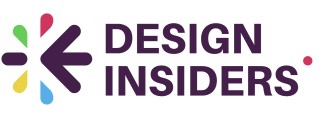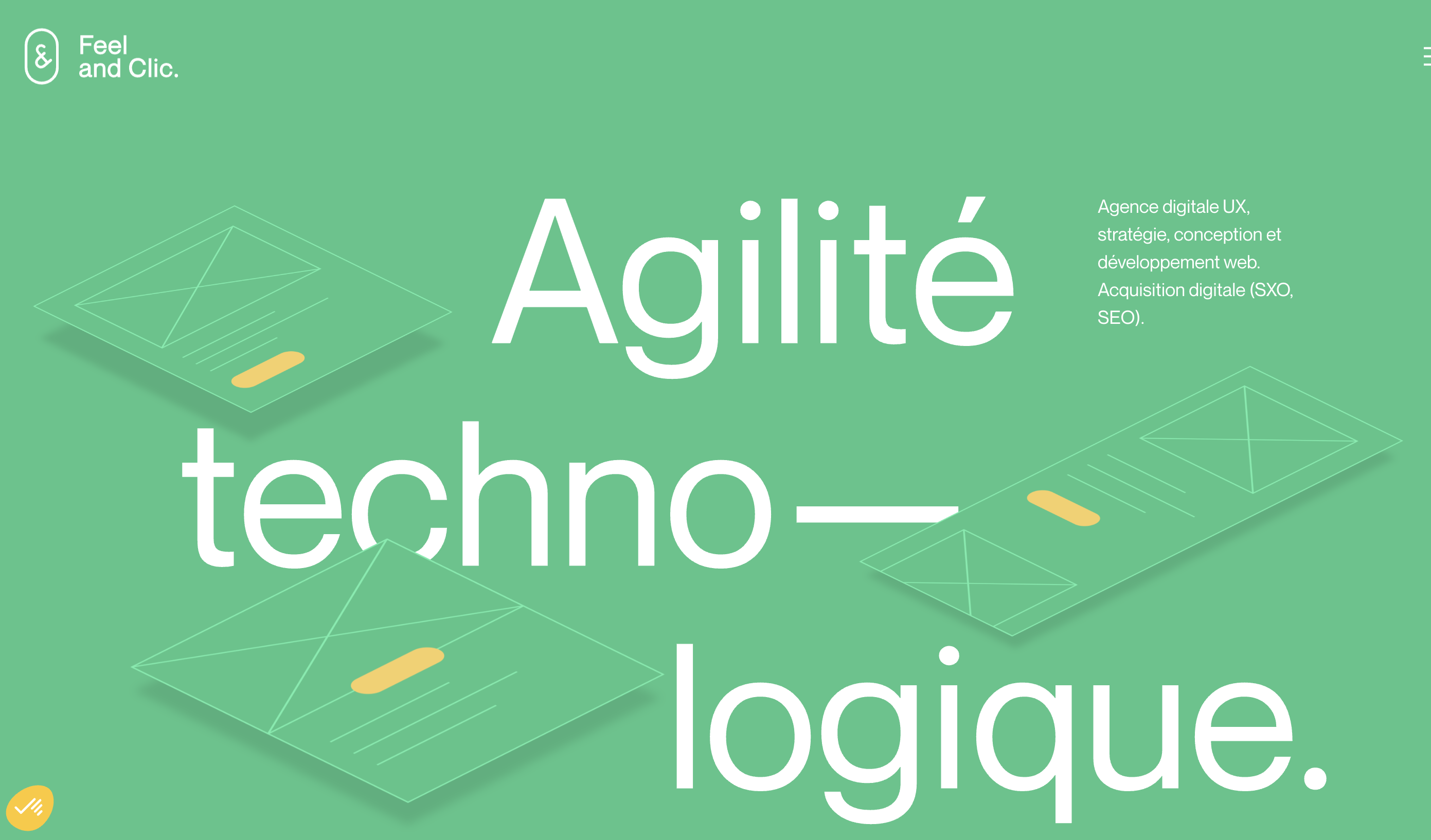Understanding Qualitative Concepts in Design
Delving into the Heart of Design Concepts
In the realm of design, understanding qualitative concepts is pivotal. These concepts form the backbone of any creative endeavor, shaping how designers approach their work and how users experience it. Unlike quantitative concepts that focus on measurable data, qualitative concepts emphasize the emotional and experiential aspects, offering a more nuanced understanding of design.
Qualitative concepts in design are akin to the language of the discipline, where elements such as spatial and temporal aspects play a crucial role. For instance, spatial concepts are essential when considering the layout of a space, whether physical or digital. They help in creating environments that are not only functional but also emotionally engaging. Similarly, temporal concepts influence how a design evolves over time, impacting the user experience in a dynamic way.
In educational settings, qualitative concepts are often introduced through activities and tools like boom cards and task cards. These tools are particularly useful in speech therapy and special education, where understanding basic concepts is crucial for students' development. By incorporating these elements, educators can create a more immersive and effective learning experience.
Moreover, the integration of qualitative concepts extends beyond education into various fields, including therapy and design for social impact. For example, therapy activities that focus on qualitative aspects can enhance the emotional well-being of individuals, providing a more holistic approach to healing.
As we explore the role of emotion and experience in design, it's important to recognize the balance between aesthetics and functionality. This balance is crucial for creating designs that resonate on a deeper level. For further insights into how immersive experiences are reshaping interactive design, consider exploring this resource.
The Role of Emotion and Experience
Emotional Resonance in Design
Design is not just about visual appeal; it's about creating an emotional connection with the user. This connection often stems from the qualitative concepts embedded within the design, such as the use of colors, shapes, and spatial arrangements. These elements can evoke specific emotions and experiences, making the design more engaging and memorable. For instance, the use of warm colors can create a sense of comfort, while cool colors might evoke calmness.
Experience as a Core Component
Incorporating user experience is crucial in qualitative design. The experience should be intuitive and seamless, allowing users to interact with the design without confusion. This involves understanding the basic concepts of user behavior and integrating them into the design process. Activities like speech therapy often rely on qualitative concepts to enhance engagement and effectiveness. For example, using task cards and boom cards can make learning more interactive and enjoyable for students in special education.
Qualitative vs. Quantitative in Design
While quantitative concepts focus on measurable outcomes, qualitative design emphasizes the user's emotional and experiential responses. This does not mean that quantitative aspects are ignored; rather, they are balanced with qualitative elements to create a holistic design. For instance, in spatial design, both spatial qualitative and quantitative concepts are considered to ensure functionality and aesthetics.
Temporal and Contextual Influences
Temporal aspects, such as how a design evolves over time, are also significant in qualitative design. Temporal spatial and temporal quantitative concepts help designers anticipate how a design will be perceived in different contexts and over time. Understanding these influences allows for a more dynamic and adaptable design approach.
For further insights into how emotional and experiential elements are integrated into interactive design, explore the future of interaction design.
Balancing Aesthetics and Functionality
Harmonizing Beauty with Utility: A Symbiotic Relationship
Navigating the intricate balance between aesthetics and functionality is pivotal in qualitative design, where concepts meet practical execution. The importance of achieving this balance cannot be overstated, as it determines how well a design serves its intended purpose while maintaining an appealing visual presence. It is this dual focus on beauty and utility that underpins the very essence of qualitative design concepts.
A design that is visually stunning yet lacks usability can result in a poor user experience. On the contrary, a purely functional design that dismisses aesthetic appeal might fail to engage users on an emotional level. The role of emotion and experience is richly woven into this dynamic, bridging the gap between simply functional spaces and those that are both engaging and memorable.
Approaching design with an understanding of both spatial and temporal qualitative aspects enables a designer to create environments that are not only visually appealing but also intuitively navigable and comfortable over time. For example, the implementation of spatial concepts can guide a user seamlessly through a digital interface, mirroring the physical ease of moving through a well-designed room.
- Qualitative concepts infuse therapy activities, aiding in speech therapy and other special education services.
- Educational tools, such as boom cards and task cards, harness basic concepts to enrich learning experiences for students.
Incorporating these elements requires a careful synthesis of quantitative measures and qualitative insights, as highlighted by the variety of basic and spatial qualitative evaluations that serve to inform effective design strategies. Design is ultimately a sophisticated dance of these variables, achieving equilibrium in aesthetic grace and utilitarian order.
For those involved in the intricate world of design, mastering this balance requires continuous learning and adaptive thinking. A deep dive into interaction design strategies can offer further essential insights into how such harmony can be achieved. For more insights on mastering this aspect, visit this exploration of interaction design mastery.
Cultural and Contextual Influences
Interplay of Culture and Context in Design
The essence of qualitative concepts in design is intricately tied to cultural and contextual influences. Understanding how these latent variables affect design decisions can have a substantial impact on the finished product. Culture impacts the colors, symbols, and spatial dynamics that define the visual language of a product. It influences everything from the basic concepts embedded in speech therapy activities to the qualitative temporal qualities of products tailored to specific demographics. When designing for a variety of audiences, it is crucial to consider cultural nuances and preferences. Special education resources, like task cards and boom cards, often reflect localized needs, addressing the speech language requirements of students with varying prep levels. These materials may address qualitative concepts such as spatial or temporal dynamics that are culturally resonant. Context also plays a critical role. During the design process, one must integrate the environment in which a product will exist. Aesthetic and functionality balance is influenced by cultural variables but primarily grounded in contextual needs. For instance, the deployment of therapy activities or a boom deck in educational settings requires a deep understanding of both temporally and spatially qualitative concepts at play. Quantitative concepts can provide valuable data; however, achieving a holistic understanding of design impact demands a qualitative approach. Adjusting original price models, retaining a culturally sensitive design strategy, and developing speech therapy resources requires consideration of both qualitative and quantitative metrics, ensuring products are effectively rated and meet the diverse needs of their users. Ultimately, successful qualitative design is about embracing the cultural and contextual fabric that surrounds product use. This understanding informs not only aesthetic choices but also functional ones, creating spaces where innovation and empathy coexist seamlessly.Innovative Approaches to Qualitative Design
Innovative Strategies in Qualitative Design
Within the realm of design, an innovative approach often bridges the gap between theory and practical application, transforming abstract ideas into tangible experiences. Designers today are reimagining how qualitative concepts can be integrated creatively. By embracing tools that support both qualitative and quantitative methods, they are expanding their toolkit to include materials like qualitative cards and therapy-based task cards that enhance the design process. Incorporating a variety of tools can create a more nuanced design outcome. For example, boom cards and temporal spatial tools can help designers understand the intrinsic relationship between space and user interaction. These instruments are not only beneficial for students or those in special education but also offer a greater depth of insight into spatial and temporal qualitative aspects that are often overlooked in traditional design methodologies. Speech therapy methodologies, often utilized in educational contexts, also find their place in design innovation. Concepts speech tools are being adapted to refine user interfaces by considering how basic speech interactions influence user experience. This blend of speech language principles with design concepts makes for a robust framework that enriches both aesthetics and functionality. The incorporation of qualitative therapy activities within design projects can also offer substantial benefits. By preparing a framework that leverages these therapy activities, designers can address user needs in a dynamic and responsive manner. Rated highly by experts, such activities go beyond mere aesthetics and ensure user experiences are empathetic and inclusive, reflecting a deeper understanding of human-centered design. Finally, it's important to note that price and accessibility play a crucial role in these innovations. Many tools, initially at a higher original price, are becoming more accessible, offering free trials or reduced rates, facilitating widespread adoption. As design continues to evolve, these qualitative methodologies promise to enrich and invigorate the field, ensuring that both spatial and temporal concepts are included and fostered across all stages of the design process.Case Studies: Successful Qualitative Designs
Illustrative Examples of Successful Qualitative Designs
In exploring the essence of qualitative concepts in design, it's valuable to consider real-world case studies where these principles have been successfully implemented. These examples showcase the interplay of qualitative aspects such as emotional resonance, spatial awareness, and cultural context within design.- Spatial and Qualitative Harmony: An acclaimed architectural project redefined modern interiors by focusing on spatial concepts and qualitative spatial design. The design prioritized user experience by incorporating open spaces that encourage interaction and adaptability, reflecting both qualitative and spatial principles in a harmonious setup.
- Speech and Language Therapy: In special education, the integration of qualitative and quantitative concepts into therapy activities has demonstrated success. The use of task cards and boom cards has been instrumental in creating engaging and effective speech therapy sessions. These tools target basic and advanced language concepts, facilitating a conducive learning environment for students with varied needs.
- Inclusive Digital Interfaces: Electronic devices rated highly for their inclusive design often combine aesthetic appeal with functionality, indicative of a balance between qualitative and quantitative design considerations. These designs aim to be accessible to a wide user base, taking into account a variety of cultural and contextual factors, thus proving effective and innovative.
- Community-Centric Urban Projects: Urban design projects have shifted towards incorporating temporal and qualitative concepts, focusing on community needs and experiences. By including cultural and contextual influences, these projects aim to serve as spaces for communal activities while maintaining aesthetic appeal, thus successfully capturing the emotional and practical needs of their inhabitants.










